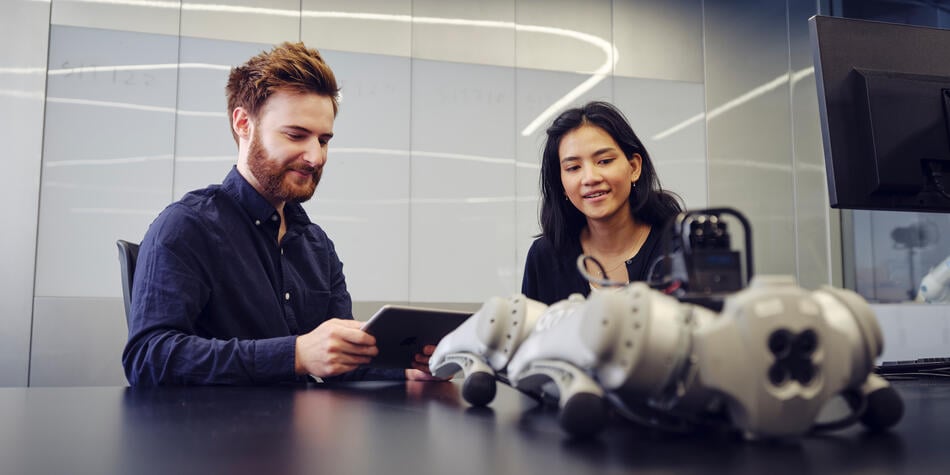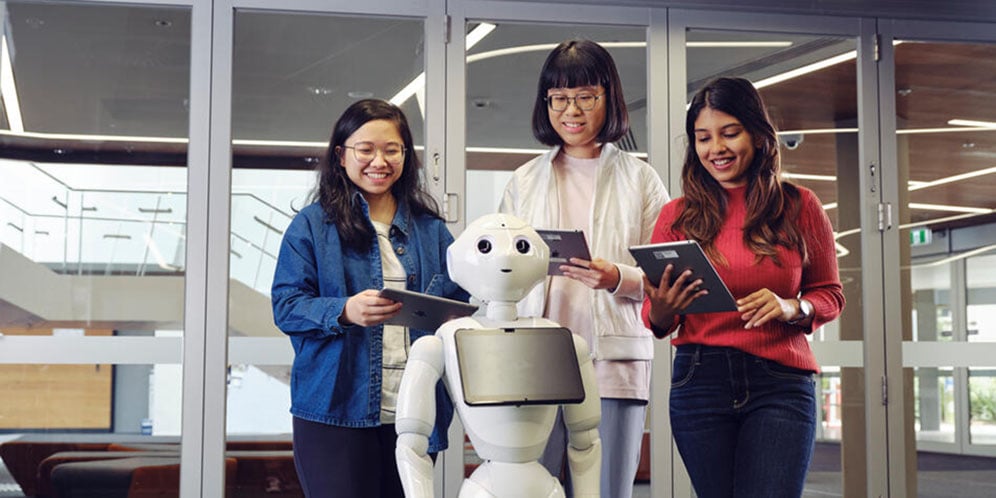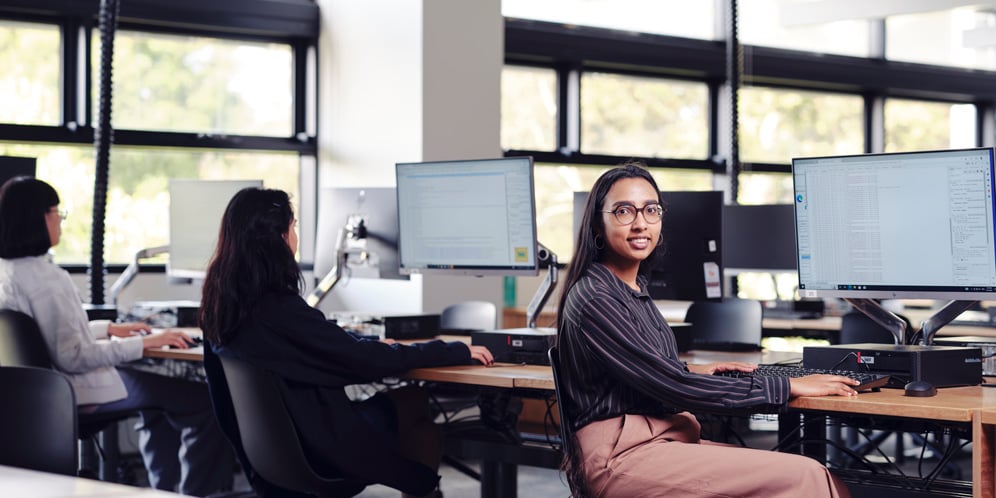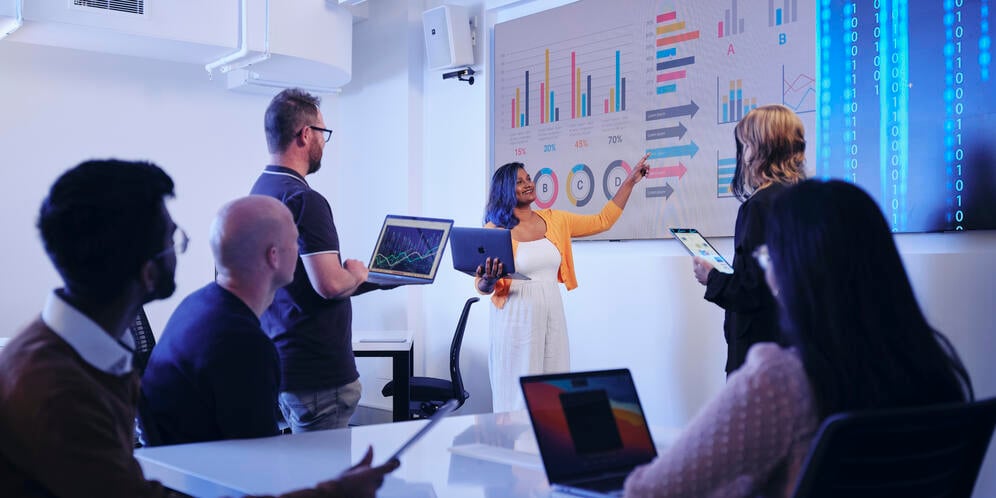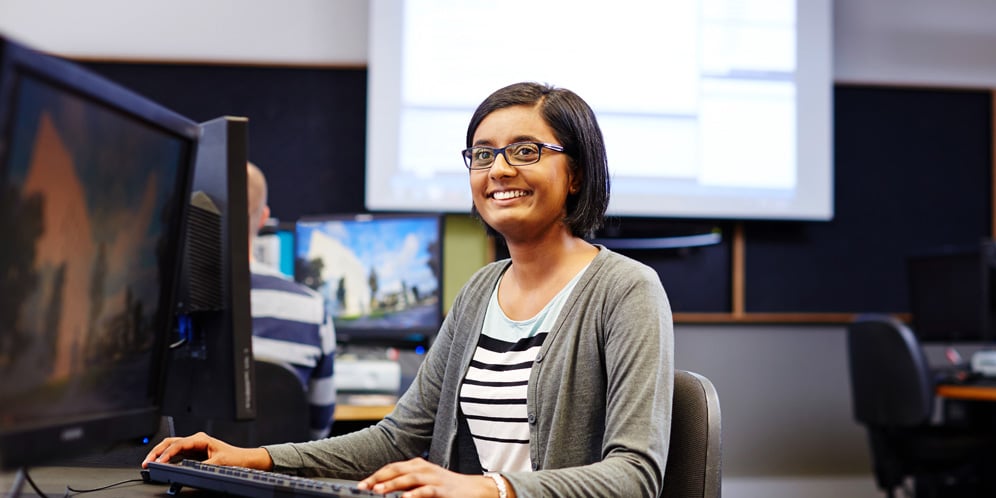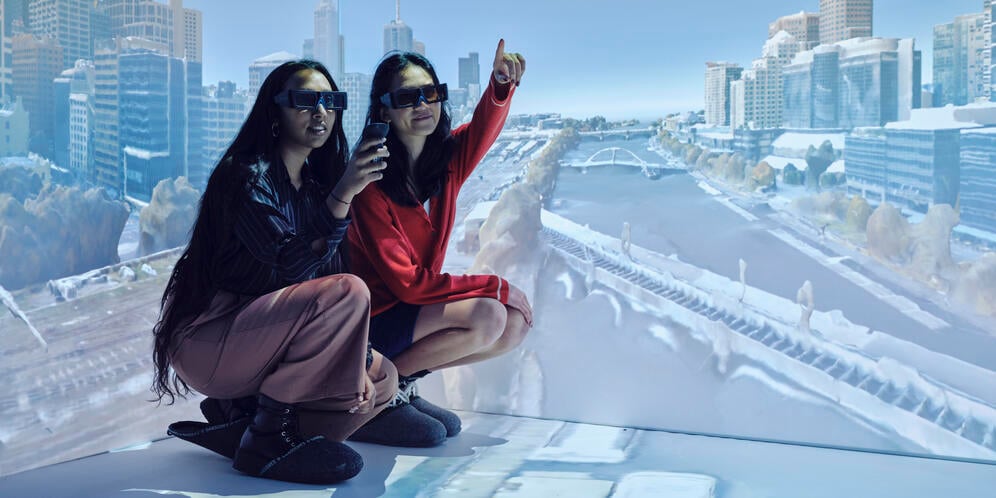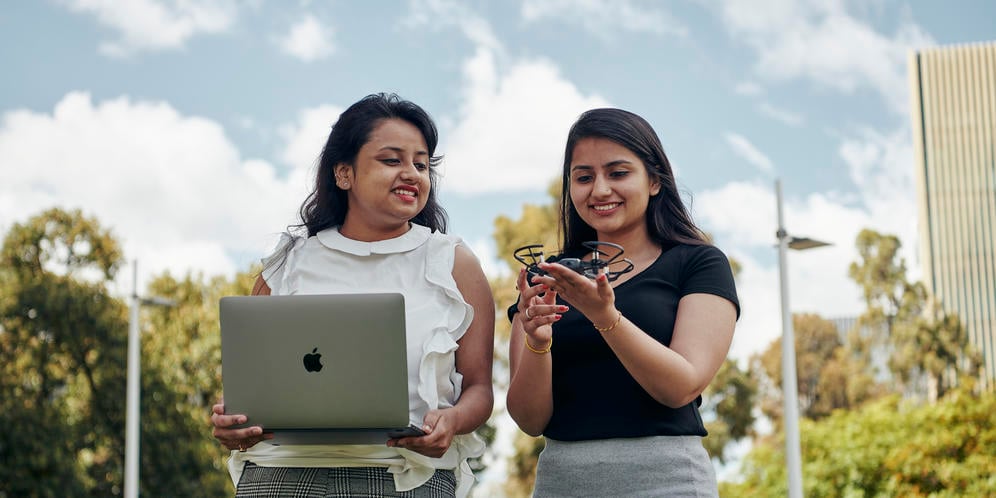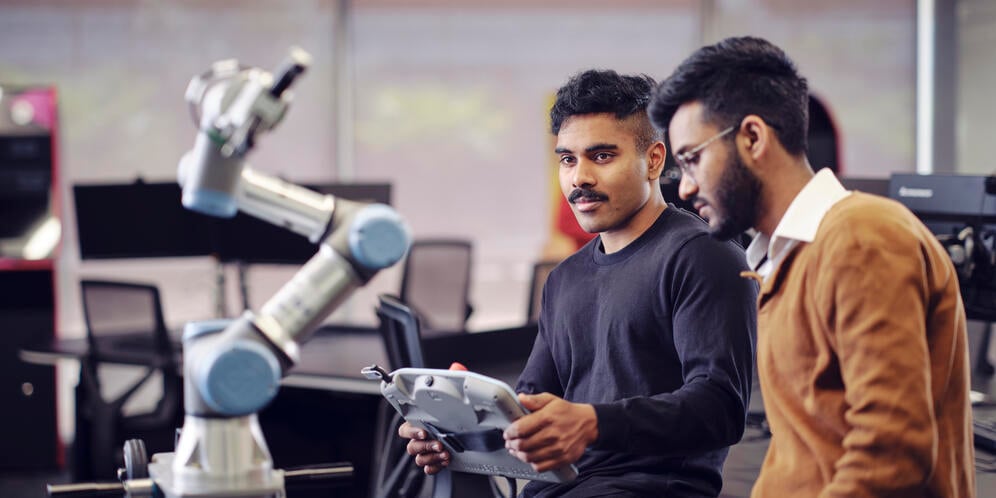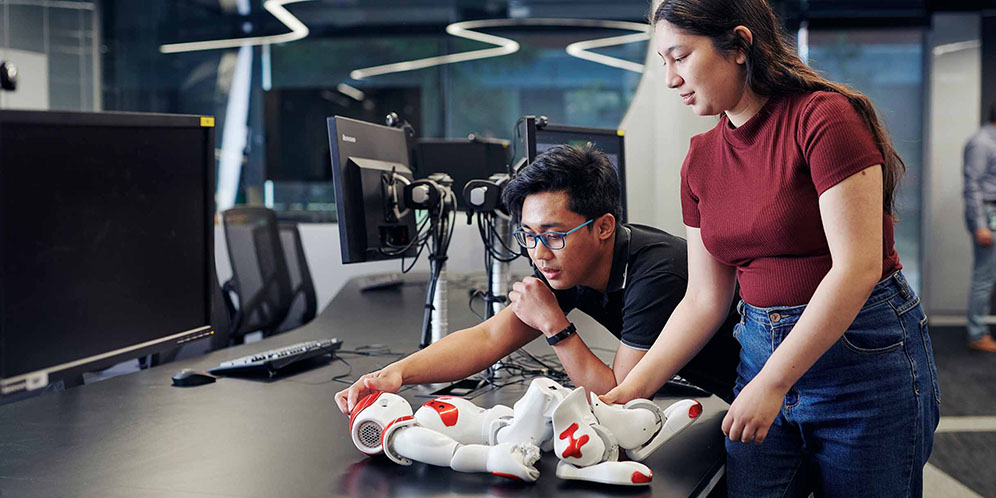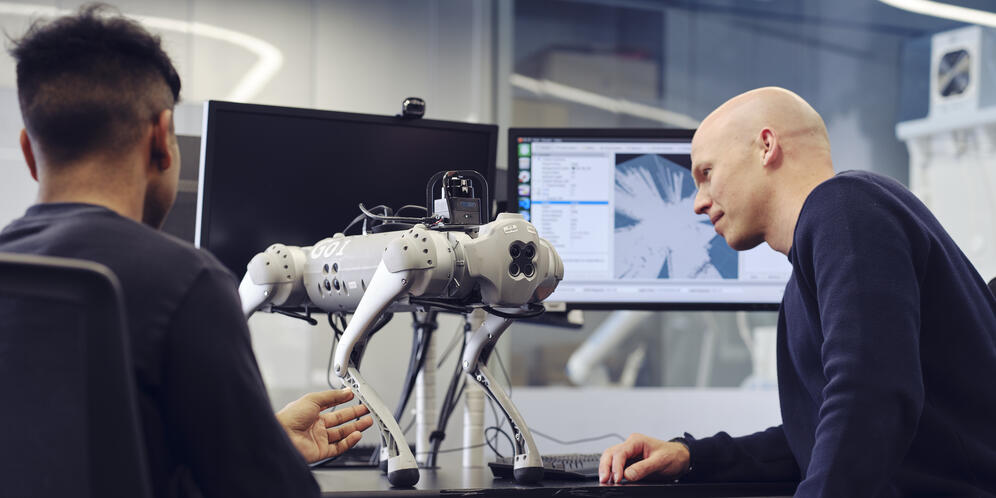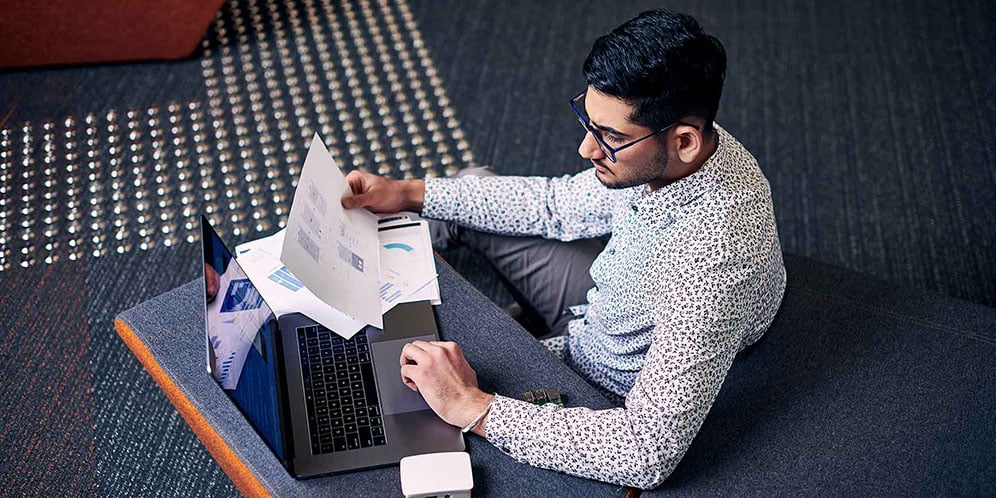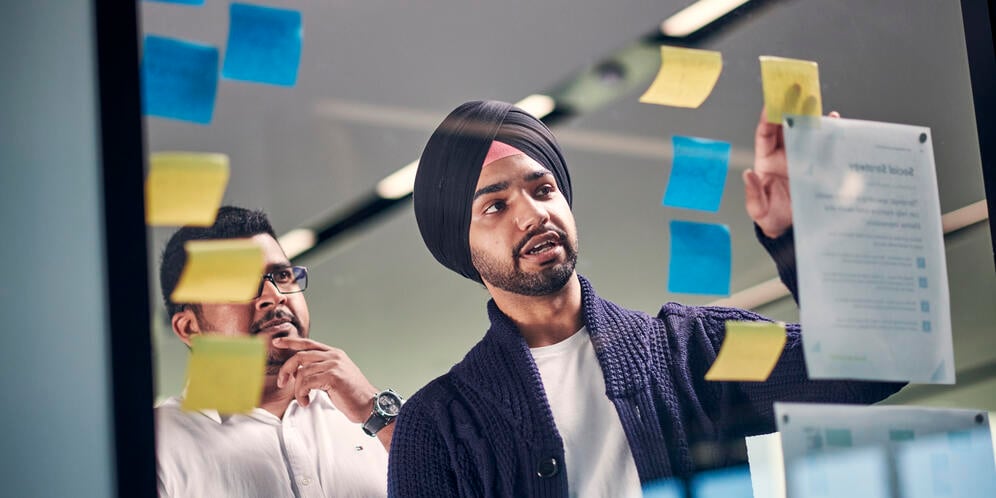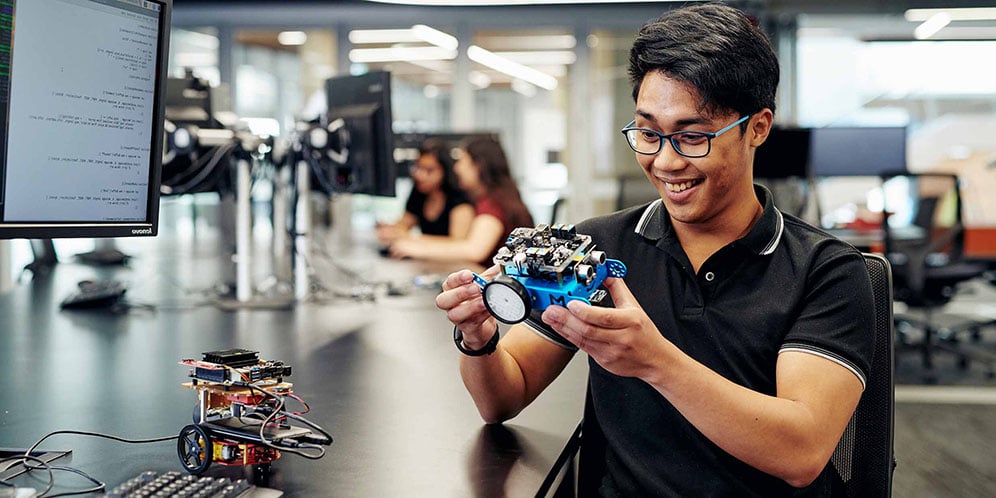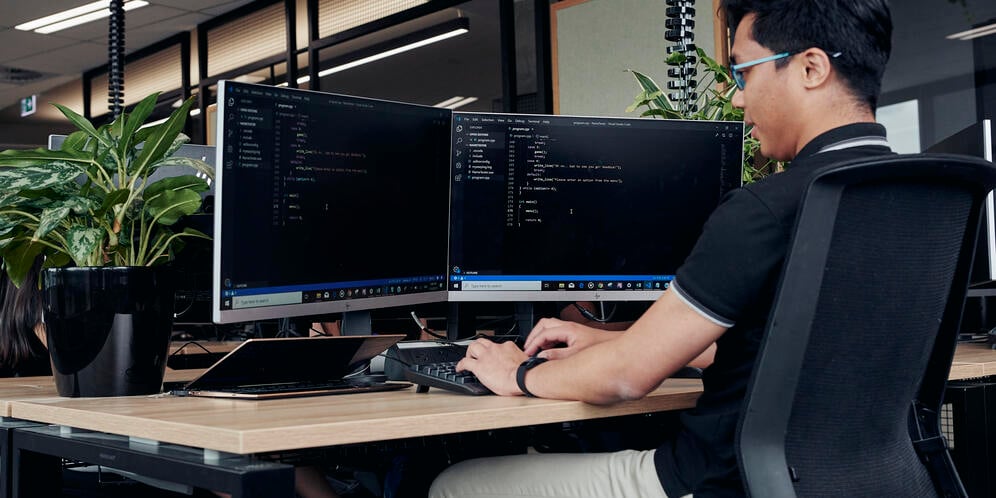There’s still time! Applications for Trimester 2 close midnight Sunday 29 June. ++
There’s still time! Applications for Trimester 2 close midnight Sunday 29 June. ++
Apply nowExplore your study options
Artificial intelligence (AI) and machine learning are driving digital disruption across almost every sector. Virtual reality (VR) and augmented reality (AR) technologies are creating immersive experiences that transform how we learn, work and play. We rely on virtual assistants and robots like never before, making our lives easier and more efficient. Develop the skills that harness these exciting technologies and help shape our future.
Undergraduate
Undergraduate (your first degree)
A Deakin undergraduate course is the foundation of your future career, usually completed in two to four years. Duration varies based on degree type, enrolment pattern and any credit received from recognition of prior learning.
Postgraduate
Postgraduate (further study)
A postgraduate qualification can be undertaken by students who have already completed an undergraduate degree or possess significant, demonstrable work experience. Postgraduate courses include graduate certificates, graduate diplomas, masters and PhDs, as well as specialist programs for industry professionals.
Research
Higher Degrees by Research (supervised research)
Research degrees are research based master’s or PhD programs that focus on a single area of expertise. They provide students the opportunity to carry out highly specialised research under expert supervision.
Choose an AI, VR and robotics degree that will get you work ready
According to The World Economic Forum, artificial intelligence and machine learning specialists are set to be the third fastest growing job type globally over the next five years. Internet of things and big data specialists also feature in the top 10.*
Industry experience in every course
As an IT student you can complete an internship during your course. These internships allow you to apply your learning and gain industry experience that counts towards your degree. You’ll also develop valuable professional networks before you graduate.
The latest technology and facilities
Learn using cutting-edge technology in fully equipped computer labs and facilities. Alongside the best hardware and equipment, you’ll use professional and specialised software including development platforms, programming environments, software engines and content development systems.
Study online at the #1 Victorian uni for graduate employment
Deakin's online AI, VR and robotics degrees are designed to fit your lifestyle and career goals so you can study anytime, anywhere. Join more than 78,000 online students who have already graduated from Deakin.
Top professional roles in AI, VR and robotics
Graduates will have the specialist skills and knowledge to work on the design, development and operation of technology solutions across a broad range of industry sectors. You may find employment in roles such as:
- machine learning engineer
- AI product manager
- data scientist
- AI engineer or architect
- AI technology software engineer
- AI ethicist
- VR/AR experience designer or developer
- natural language processing (NLP) engineer
- interactive experience producer
- gameplay engineer
- augmented and mixed reality app designer
- interaction designer and developer
- virtual reality innovator and advocate
- 3D content creator
- user interface (UI) or experience (UX) designer
- robotics engineer
I was always interested in computer games and animated movies and cartoons, and I thought: what if I can create those things? Whatever I can think of, I can experience in virtual reality – there are no limitations.
Sanjay Selvaraj
Masters of Information Technology
Take the next step to a brighter future
Explore our AI, VR and robotics courses and find out more about life at Deakin. Get more inspiration for your future career in a major growth sector.
Download our study area guide
Study at Deakin and be rewarded with new skills that will give you an edge in the job market
Professional recognition
Most of our IT courses are accredited by the Australian Computer Society (ACS), ensuring a high quality of education and providing you with international recognition as an ICT industry professional, making you stand out to future employers.
World-class teaching experiences
Deakin’s industry-shaped courses and practical, real-world approach to learning will prepare you for the jobs of the future.
Industry-aligned courses
IT representatives from leading corporate organisations and the government sector guide our curriculum and teaching programs. This keeps our courses current and relevant to industry needs, which is key in a constantly changing sector. We also regularly host guest speakers from key industry partners, keeping you updated with trends and providing important networking opportunities.
Research with us
The School of Information Technology aims to benefit society by generating new fundamental knowledge, training tomorrow's technology leaders and advancing industry technologies to maintain a competitive edge. Our research develops your skills, and with our expert staff supervising you, you'll be on the right path to a successful career.
Want to explore more?
- Careers in AI: inspiring jobs in artificial intelligence
- How to become an artificial intelligence specialist
- Which information technology degree is for you?
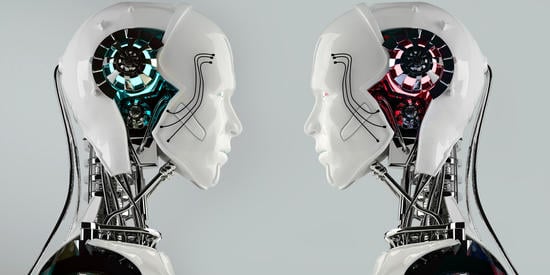
Careers in AI: inspiring jobs in artificial intelligence
Careers in AI are thriving across a growing range of industries. Find out what it takes to become an AI specialist.
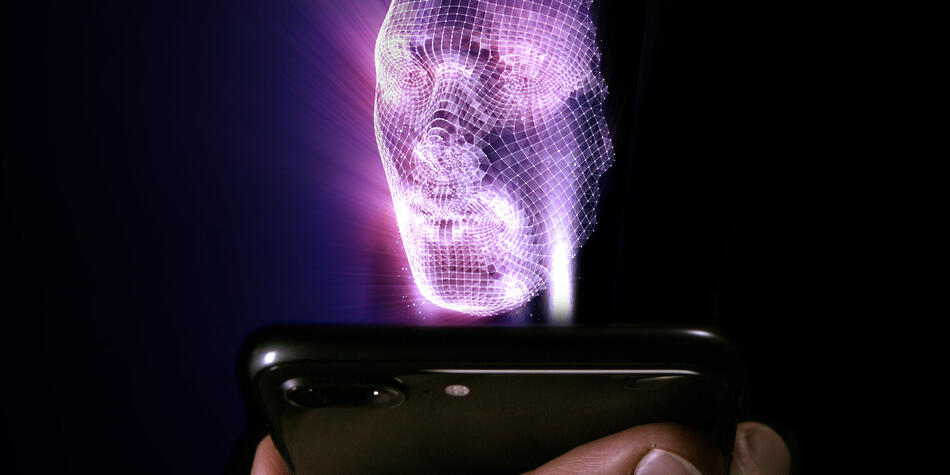
How to become an artificial intelligence specialist
Considering a career in AI? Discover how you can get the skills and technical how-to to put you in high demand by employers worldwide.
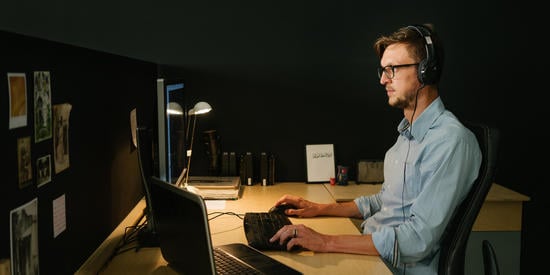
Which information technology degree is for you?
Discover which Information Technology degree at Deakin University suits your career goals. Explore options and find the perfect fit for your future.
Rankings and footnotes
Deakin references data from a range of government, higher education and reputable media sources. For more information, visit our University rankings page.
*World Economic Forum: The Future of Jobs Report 2025
++Some courses have limited places, apply early to avoid missing out.
Contact us
Got a question about our AI, VR and robotics courses? Our course advisers are available to speak to you about your study options and how we can help you further your career.
Domestic students
1800 693 888
Enquire online
International students
+61 3 9918 9188
Enquire online

